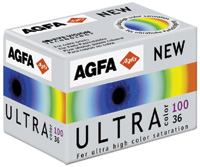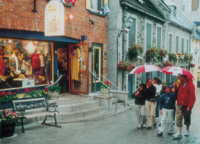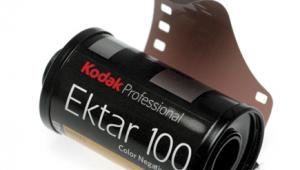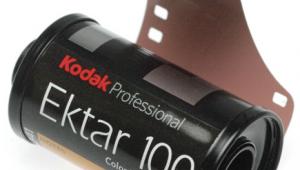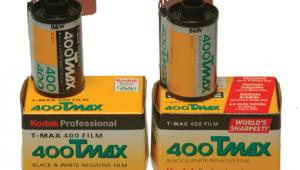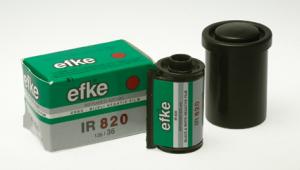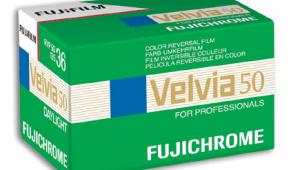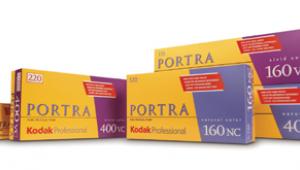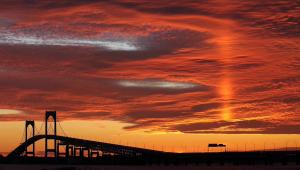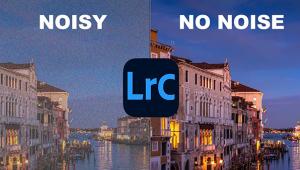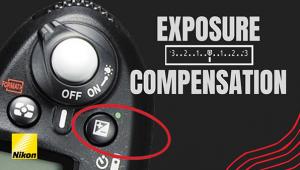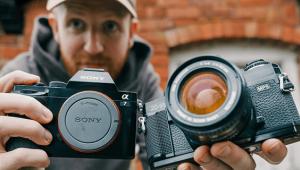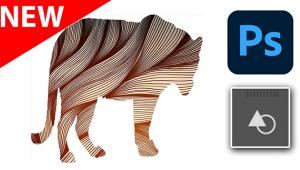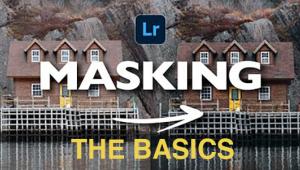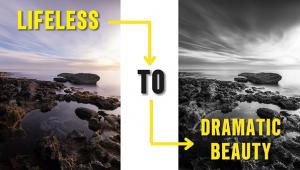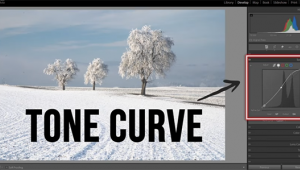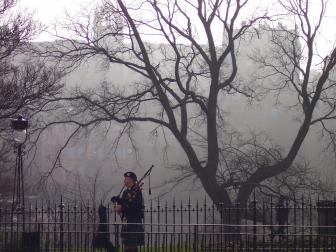New Agfa Print Films
Ultra 100 And Vista Series
Agfa manufactures a full
line of 35mm films of all types, with the Vista series being their most
popular consumer-grade product. In 2001, Vista was chosen as "European
Color Print Film of the Year," by EISA, a group composed of some
50 magazines. Since that time, Vista 100, 200, 400, and 800 color print
films have been improved and the new version began shipping in late
spring 2003. Released at the same time was an entirely new film, Agfa
Ultra 100, designed to produce images with ultrahigh color saturation.
|
|||
Testing
The New Agfa Films |
|||
Agfa Ultra 100 Agfa Vista 100 And
200 |
|||
Agfa Vista 400 |
|||
Agfa Vista 800 |
- Log in or register to post comments
